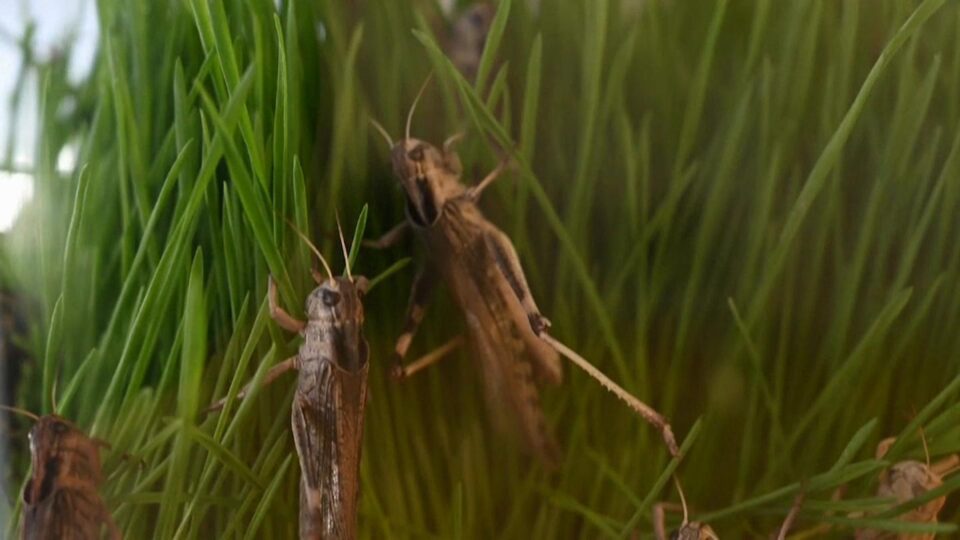Measures have been launched to prevent the invasion of locusts in Uzbekistan. It is planned to treat more than 500 000 ha of land this year, EastFruit experts report.
Measures to treat possible locust breeding centers are being taken in Kashkadarya, Surkhandarya, Jizzakh, Samarkand, and other regions of the country, the press service of the Ministry of Emergency Situations of the Republic of Uzbekistan informs.
Locusts pose a serious threat to agriculture and food security in the countries of Central Asia and the Caucasus. There are more than 150 locust species on the territory of Uzbekistan, 10 of which can cause serious damage to crops. The locusts are divided into two groups depending on their way of life: the herd-forming – Moroccan, Asian, and oasis locusts, and the non-herd-forming – local locusts.
The most common is the Moroccan locust, which is found on pastures of seasonal vegetation in the foothills of Afghanistan, Kyrgyzstan, Turkmenistan, Tajikistan, Kazakhstan, and in the border regions with Uzbekistan. It lives in all areas of the Surkhandarya and Kashkadarya regions of Uzbekistan, in the pastures of Navoi, Samarkand, Jizzakh, Syrdarya, Tashkent regions, and the Ferghana Valley.
Appearing at the end of March, and in the years of cool spring – in mid-April, locusts infect all agricultural crops. During mass breeding, locusts also feed on the leaves of vines and fruit trees.
According to experts, the only way to deal with a pest like a locust is a so-called preventive control strategy based on early warning and response. It also implies close cooperation with neighboring countries, as the locust knows no borders.
In June last year, the spread of locusts on a total area of 292 600 ha was detected in Uzbekistan, of which chemical treatment was carried out on an area of 284 000 ha as of the first ten days of June. In total, it was planned to carry out chemical treatment throughout the country on more than 580 300 ha in 2022.
The use of the site materials is free if there is a direct and open for search engines hyperlink to a specific publication of the East-Fruit.com website.




